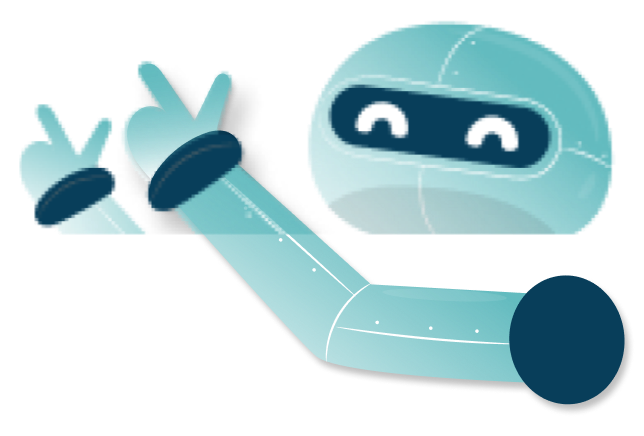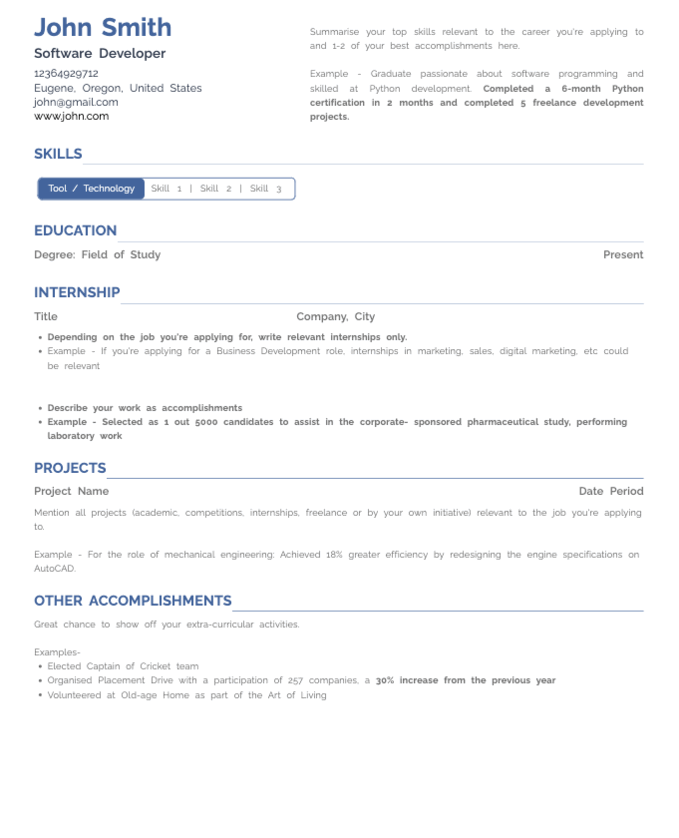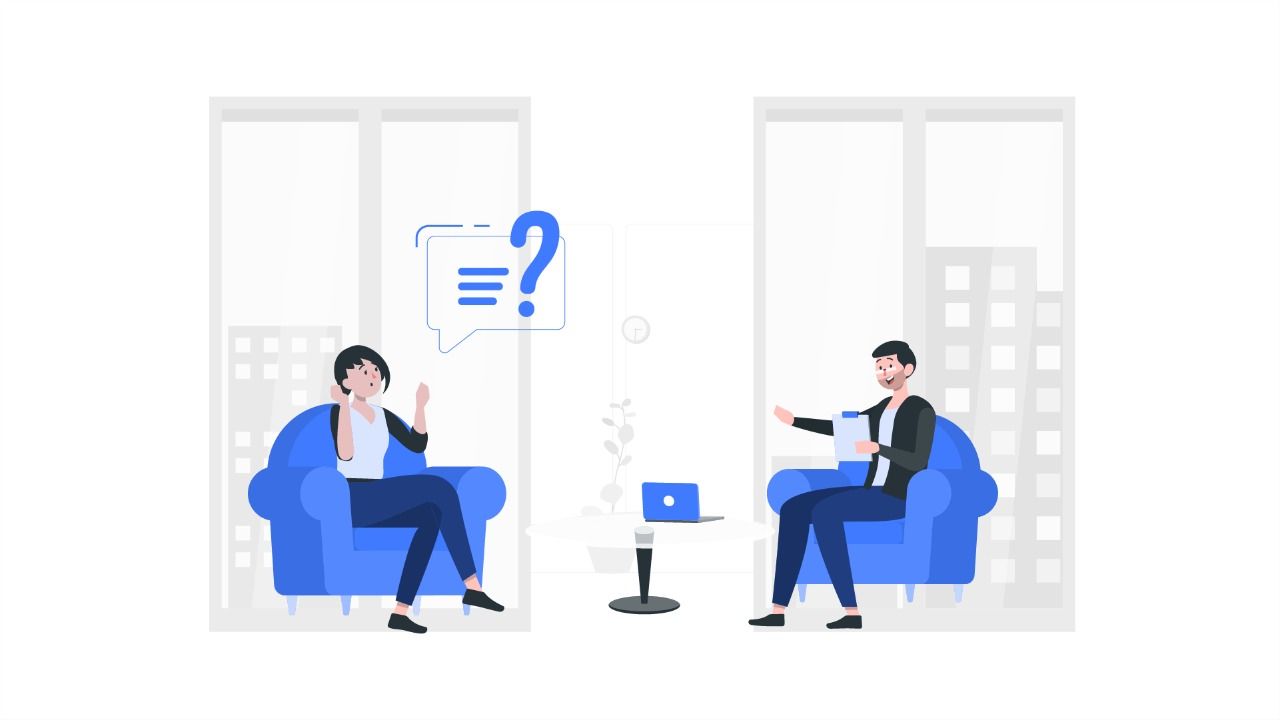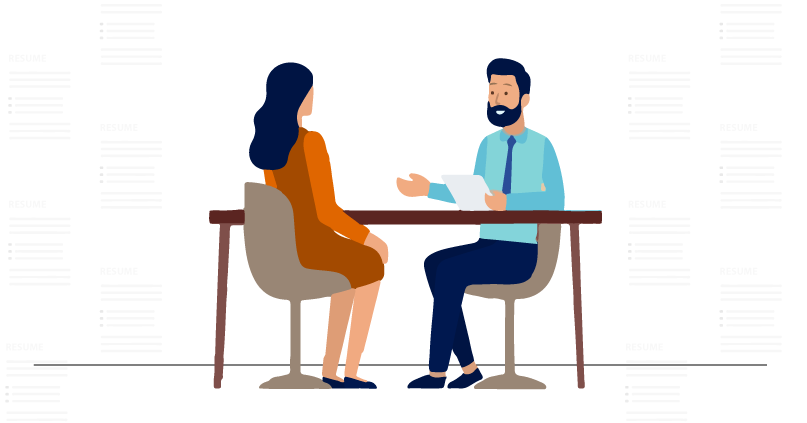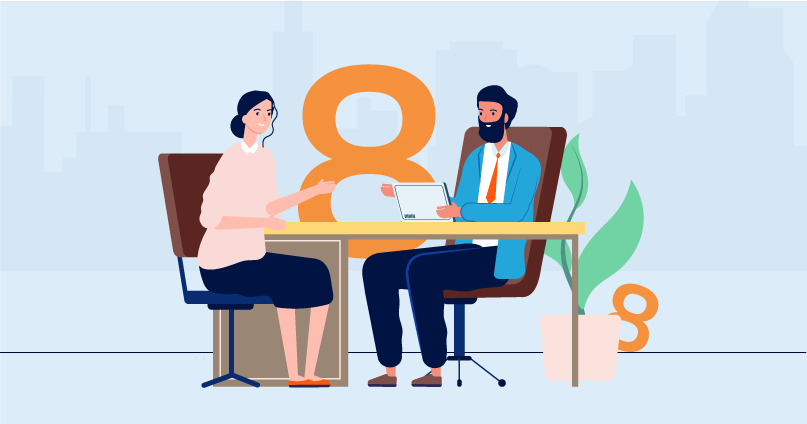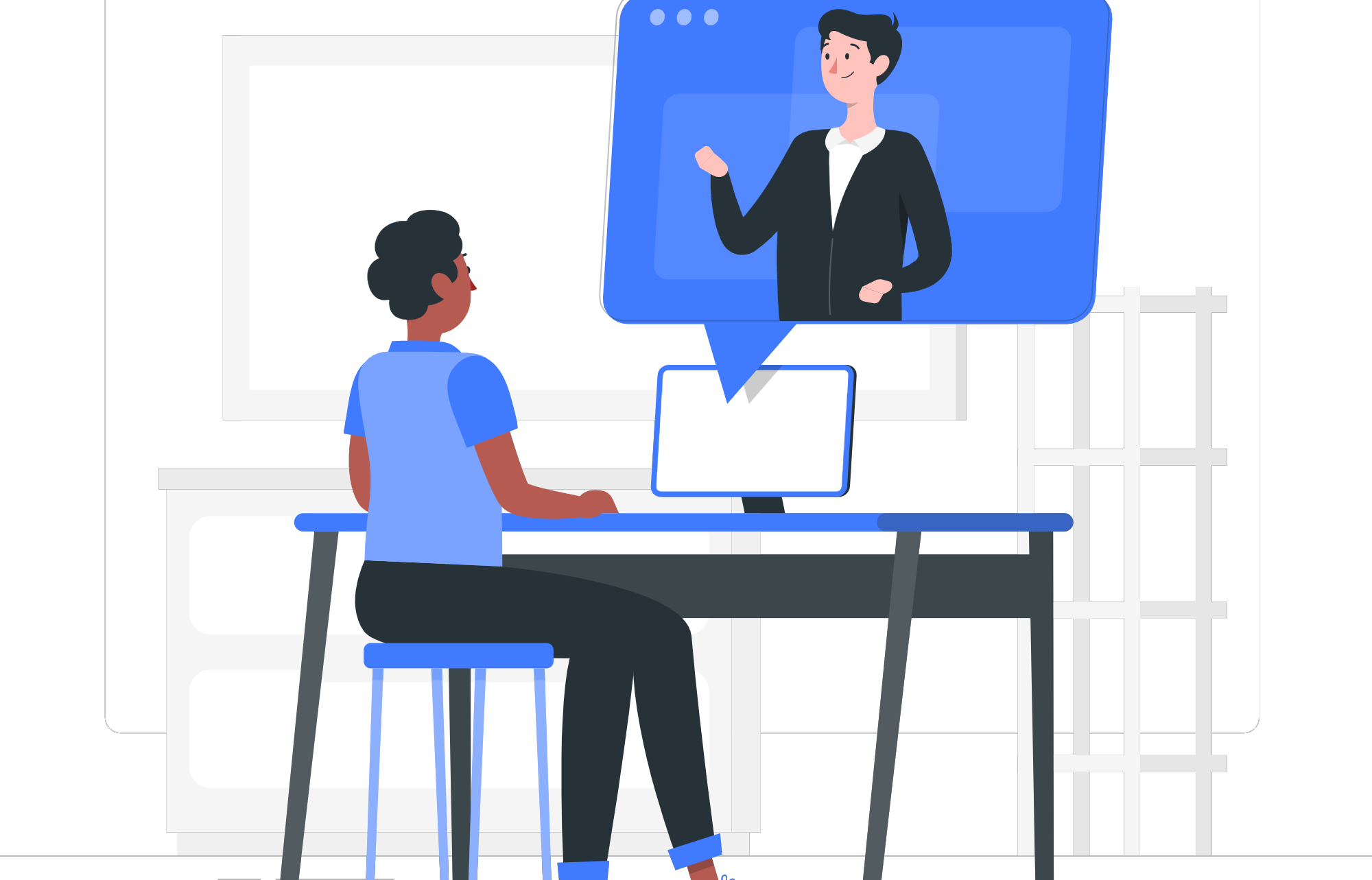Body Language in Interview: 5 Great Tips to Crack
3 Min read
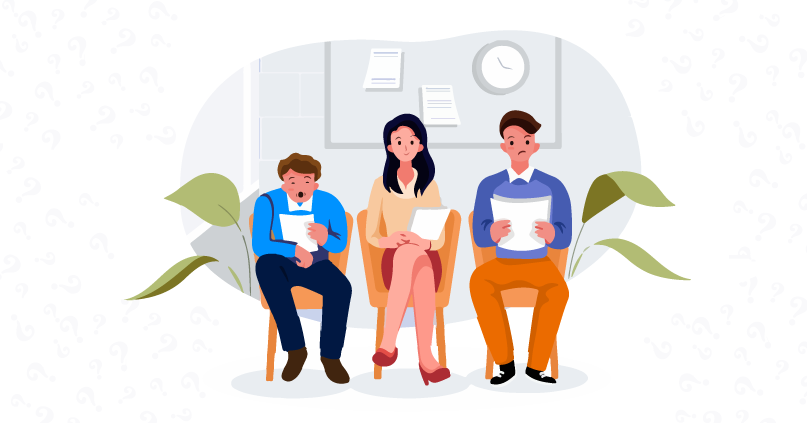
Back yourself, you've reached the interview round but don't preen yourself.
The next big question is- "How can you get a competitive edge over other candidates and ace that interview?"
A typical answer- "Prepare for the common expected questions relating to your field and do not panic."
But is this enough to get through the interview stage?
Your professional experience may speak about your aspiration and competence, but does your slumped posture leave a good impression?
Remember, how you take your employer's fancy goes beyond what is on your resume and cover letter.
When preparing for a job interview, many individuals disregard the significance of reading body language. By considering the transmission and interpretation of information through body language, you gain an advantage.
Interviewers pay attention to your appearance and words, but they also interpret your body language, whether or not you are aware of it. You can read the interviewer's body language if you know what to look for, and by judging how the interview is going, you can reply accordingly.
You also want to show your real personality during an interview. Body language is a tool that not many people use in interviews.
It's an important way to talk to people, and you need to be aware of the message you're sending. Some things you should work on are your posture, the way you look at each other, tapping your feet, clicking your pen, and other habits.
We have all encountered folks who stand or sit with their shoulders rounded and their head hanging forward. From this position, we infer that the people lack confidence in themselves. It is difficult to trust someone who will not look you in the eyes throughout conversation.
It is difficult to like a person who never smiles. Kinesics is the science that explains this aspect of human communication.
Kinesics involves the nonverbal communication of posture, face expression, movement, and gestures.
A job candidate can give positive body language signals during an interview and interpret and respond to the interviewer's body language by learning the fundamentals of body language during interviews.
Here's a list of tips that will help keep your boat afloat even when you feel powerless.
The moment you enter the company premises, your interview starts. You may think how but not many interviewees take advantage of this fact.
Just as you want to treat all the interviewers courteously, you must radiate confidence and politeness throughout, not just when you're in the interview room.
HyreSnap Tip: As often observed, eschew being on the phone while you are asked to cool your heels in the waiting room.
It's normal to feel anxious when entering an interview room, but it's crucial to practice stepping in with an upright yet relaxed posture in front of a mirror or camera at home.
Keep your head up and shoulders back while remaining relaxed. Choose a sitting position that facilitates eye contact. If sitting against the back of a chair does not lead you to slump, it is OK.
Lean slightly forward when the interviewer speaks to demonstrate that you are attentive. Alternating between sitting upright and leaning in indicates engagement to the interviewer.
You could, for instance, lean forward to listen to a question, sit up and back for a few seconds to demonstrate that you are thinking, and then lean forward to provide your response.
Although you shouldn't rock back and forth with every exchange, adjusting your stance occasionally demonstrates that you are paying attention and prevents you from appearing stiff and anxious.
Eye contact showcases your self-confidence and attentiveness, which gives the interviewer's credence to you.
It is also the foundation for building connections and a good rapport with the interviewer. Every time making a mutual gaze will engage your interviewer and build an emotional bond which is of great favour to you.
It's undeniable that you want to convey your story and achievements in detail, making you the ideal candidate.
But bear in mind to get a load of what is happening in that 45 to one and a half hour empathetically. You will be continuously evaluated on your people skills and emotional intelligence apart from your experience.
Observe yourself in the mirror and practice maintaining a pleasant, natural expression. Be sure to grin at the proper times. If you find it difficult to smile spontaneously, consider something that makes you joyful and see how your expression changes.
If necessary, keep this in mind during the interview. Employ your eyes and eyebrows to convey surprise or excitement.
During an interview, if your interviewer avoids making eye contact with you, this can be a warning indication.
To reengage, you could ask a question or offer new information about a topic you've been discussing. For instance, you could say, "You asked me about my experience with XYZ. Because I would be collaborating with XYZ?"
If you lack relevant experience, you may discuss a similar talent or how fast you have mastered new processes in the past.
By rehearsing in front of a mirror or camera before an interview, you can develop strong nonverbal communication skills and successfully employ body language.
The more you rehearse, the less you will need to consider that area of the interview during the actual interview. After focusing on your own body language, you will be more sensitive to the interviewer's nonverbal clues and better equipped to direct the interview.
As part of confident body language during an interview, gestures play a crucial role in conveying confidence to the interviewer.
The handshake is an important social gesture. Ensure that you extend your hand, firmly grab your interviewer's hand, maintain eye contact, and smile.
Nods and Tilts of the Head: Nodding or tilting your head thoughtfully can effectively convey agreement or interest in what another person is saying.
Contrariwise, avoid constantly nodding like a bobblehead. Instead, utilise nods to express passion or comprehension of the argument being made by the interviewer.
Hand Gestures: Utilize hand and arm movements selectively to emphasize your statement. Ensure that your arm and hand movements are natural and reserved.
To appear natural and suitable, professionals preparing a speech practice gestures in front of a mirror or camera. Prepare similarly for an interview since jerky, flashy, or excessively frequent motions are distracting and suggest either anxiousness or hostility.

Try Now for Free!

